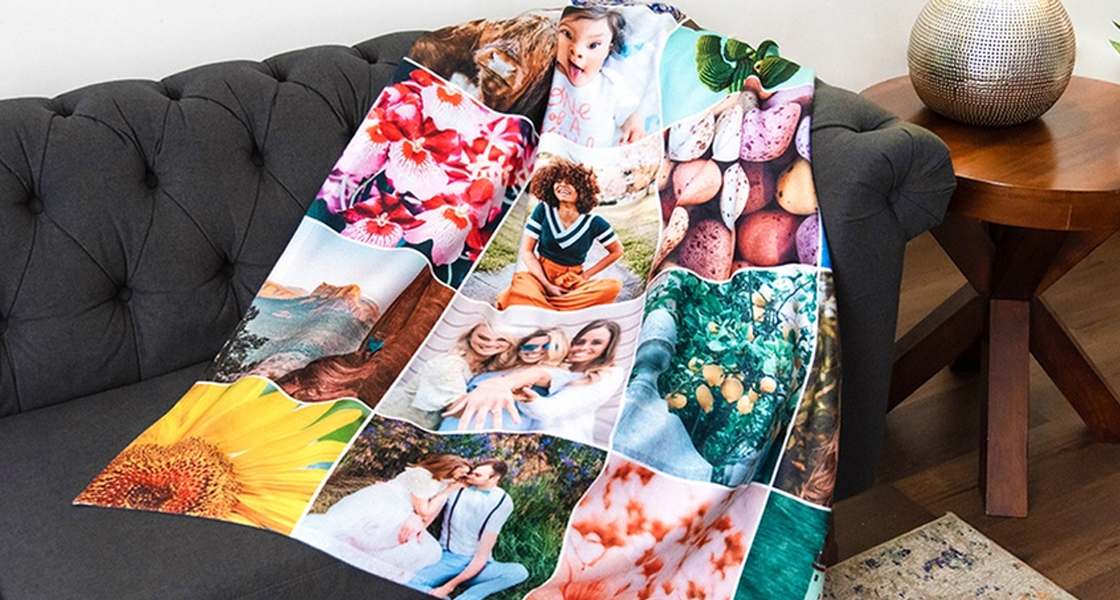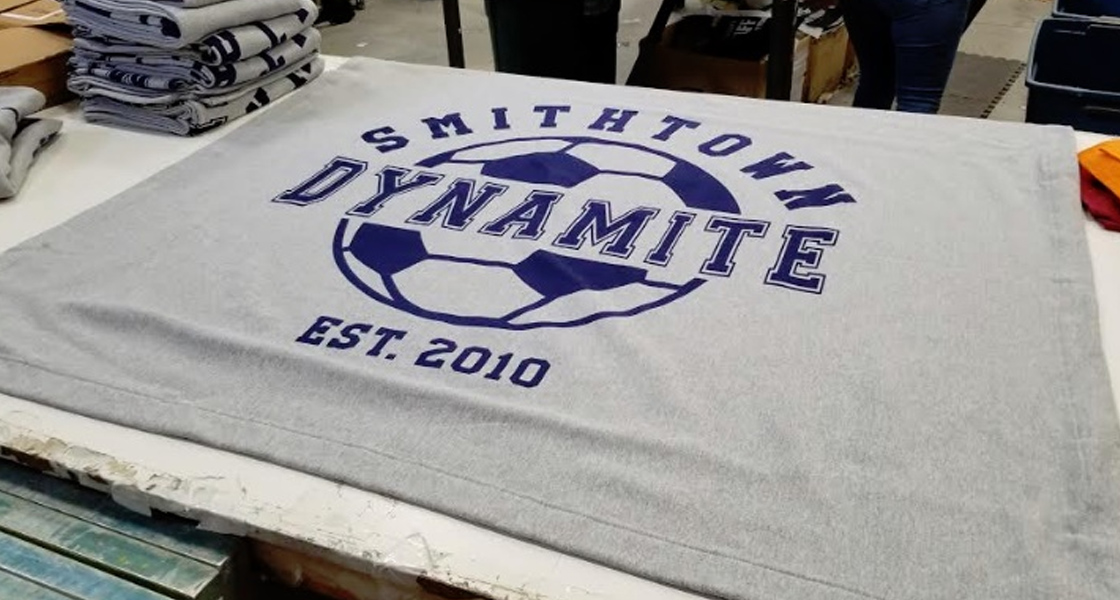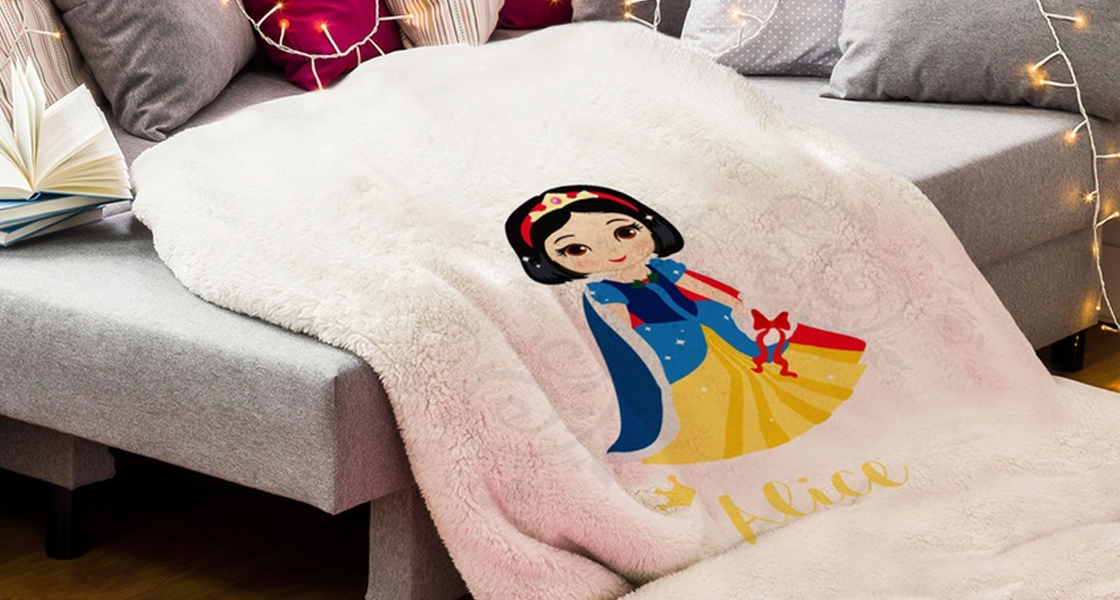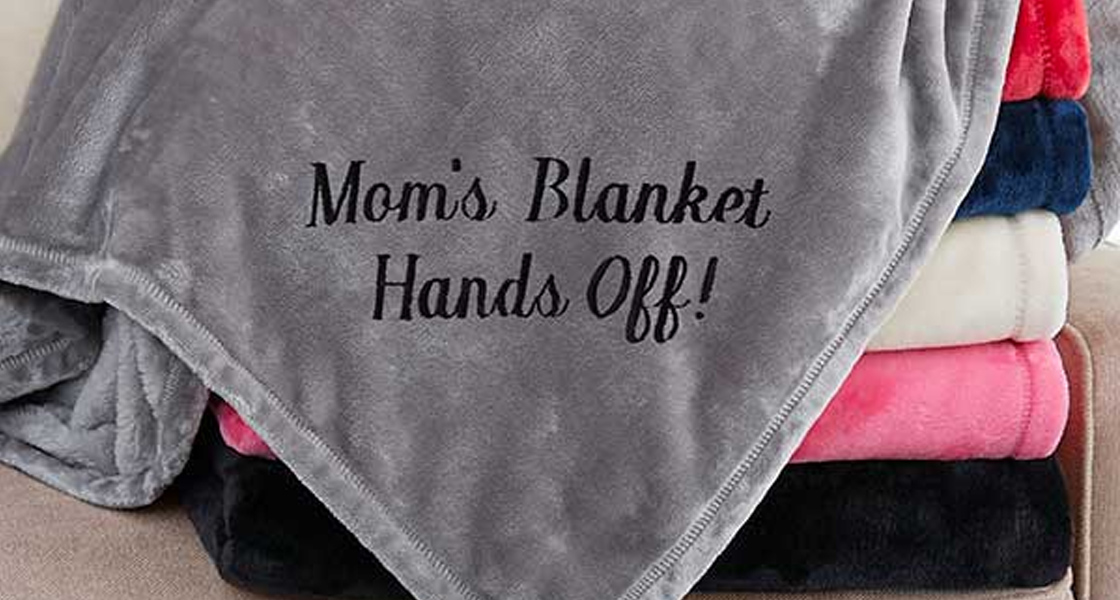
Neel Patel January 13, 2023
Top 5 Reasons To Reward Your Employees With Custom Blankets!
Valuing and recognizing the contributions of employees is crucial. When employees feel their work is appreciated, it increases their loyalty and strengthens their commitment to the company. Providing a comfortable work environment, such as offering warm and cozy blankets, is a simple yet effective way to show appreciation for the hard work of employees.
Custom Blankets make for an appropriate gift for employees as home accessories. The style of the blanket can greatly impact its feel and performance. They can be made from a single type of yarn or a blend of materials, affecting the cost. Blankets are available in different sizes and can be budget-friendly. The most common sizes are small, medium, and large.
Variety of Blankets!
Different types of blankets are referred to by various names such as quilts, throws, duvets, and comforters.
1. Comforter: It is the most widely used type of blanket. It is a fabric filled with materials such as poly-fill, wool, or cotton. The cover and filling are integrated, making it more difficult to clean and maintain hygiene. It is recommended to use a removable cover to keep it clean.

2. Duvet: It is a blanket with a white outer fabric. It is designed to be used with a removable cover that can be changed frequently.

3. Coverlet: These blankets are not only used to keep warm but also as decorative elements. A thin coverlet can be used as a layer of warmth and comfort.

4. Throw: These blankets are smaller in size and are mainly used outside of the bed. They are both stylish and comfortable.
5. Weighted: These blankets are designed to reduce stress and aid in getting deep sleep by relaxing the autonomic nerves. Some people prefer heavier blankets. They resemble a duvet and comforter. They are made by sewing glass or metal weights or the densest wool with a traditional filling.
6. Heated: This type of blanket incorporates modern technology to provide warmth during chilly winter months. They come in a variety of styles, with different heat settings, voltage options, fabrics, and warranties available.
7. Afghan: Also referred to as a throw blanket, but slightly larger. These blankets are traditionally crocheted or knit with wool, but can also be made with other materials such as linen, cotton, and synthetic fibers.
8. Weave: A type of weave that creates a pocketed structure that traps air is called waffle weave. It is lightweight and can be used alone or as a layer under other blankets. The weave pattern can affect the texture, appearance, and warmth of the blanket.
9. Summer: It is the perfect season for these garments, as they are made of breathable cotton and allow for excellent air flow. The selection of styles and fabrics is vast, making it easy to find the perfect piece for any warm weather occasion.
10. Quilt: It is a cozy and warm bedding option that is similar to a comforter. It is created by layering fabric sheets together, providing additional warmth for a comfortable night’s sleep.
Components to consider…
When choosing a custom blanket, it is important to consider the style and material. These are the two main factors that will affect the overall look and feel of the blanket. Additionally, there are a few other points to keep in mind to ensure you select the perfect blanket for your needs.
1. Size: A duvet cover can accommodate a range of bed sizes, from tiny cribs to king-size beds. It is ideal for couples seeking extra warmth in their bedding.
2. Loft: A duvet cover is the same size as comforters and duvets. It offers added warmth and durability compared to those with lower loft. The choice of height is a personal preference.
3. Warmth: While all blankets provide warmth, the range of options includes breathable styles for summer use and heavier versions for added warmth.
4. Organic materials: Eco-conscious customers often opt for organic and natural materials such as organic wool or cotton. Synthetic fabrics like polyester or synthetic fleece are typically not included in this category.
5. Colour & Pattern: Blankets made from synthetic and cotton materials offer a wide variety of options, as they are easy to dye. Wool blankets, on the other hand, often feature woven patterns.
6. Cost: The cost of a blanket is determined by its design and the materials used to make it. Cashmere blankets tend to be more expensive, while synthetic options are more affordable.
7. Hygiene: Duvets are relatively easy to clean, whereas traditional blankets without a cover can be laundered easily, especially those made from synthetic materials. Others may need to be dry-cleaned.
8. Warranty: Many blankets do not come with a warranty, however electric blankets may have a warranty due to the potential for manufacturing defects. It is important to read the terms and conditions to understand what is covered under the warranty.
Custom Blankets!
1. Functional and playful gifts: Personalized blankets with images that can be used for various occasions and holidays.
2. Cozy and cuddly: Choose blankets that are fade-resistant, durable, and easy to clean. The gift should provide warmth and joy for many years to come.
3. Personalized Photo Design: Decide the orientation of the photo or collage, whether you want it to be vertical or horizontal, and whether you want it to take up a specific area or cover the entire blanket. Consider using thematically related photos for a more cohesive design. The blanket can feature a customer’s favorite interests, pet, kids, or loved ones. For brand awareness, include a logo prominently in the design. This will create a visually striking pattern.
4. Fleece Blankets: These blankets get their name from the wool of a sheep, but are made from synthetic materials. They are breathable and not itchy, making them suitable for printing photos or designs. The desired photo and print can be applied to it.
The time it takes to produce a quilt can vary, but it is typically printed within three days. Many quilt companies advertise on social media, and orders can be placed directly with them. Keep in mind that cashmere blankets require more care than those made from other fabrics.
When the temperature drops at night, pair a quilt with a duvet for added warmth. There is no one-size-fits-all blanket, so choose based on personal preference and needs. Custom blankets come in a variety of colors, from neutrals to bright hues. They are machine-washable in cold water and should be removed immediately from the dryer to prevent wrinkles. Tumble dry on the lowest heat setting.
Types of Material!
1. Wool: This traditional material for blankets is known for its warmth and moisture-wicking properties. However, wool blankets are generally more expensive and take longer to dry. Some people may find wool blankets itchy or scratchy if they have an allergy to it.
2. Down: The plumage of ducks and geese are used to make comforters and duvets, which are known for being soft, lightweight, and very warm. However, some people may be allergic to down. Vegan alternatives made with synthetic materials are available as an option.
3. Cashmere: This luxurious fabric, which is collected from specially bred goats, is considered a high-end option. It is strong, soft, and warm, making it comfortable to sleep in. However, cashmere is also expensive and can be difficult to maintain.
4. Cotton: Cotton blankets are considered to be the best due to their strength, breathability, and moisture-wicking properties. However, cotton is not naturally warm, so an insulating fill is required during the winter season. Cotton blankets are eco-friendly and budget-friendly.
5. Polyester: Synthetic materials like polyester can make a great choice for blankets. Polyester blankets combined with cotton are warm and comfortable. They are also resistant to stains and budget-friendly.
6. Fleece: Man-made fleece is soft and has a velvety pile that feels pleasant to the touch. However, fleece has poor airflow and may irritate the skin. Despite this, it remains a popular choice for cold weather.
7. Acrylic blankets: Acrylic blankets are a popular choice due to their many available options with satin trim. These blankets are also known for being resistant to pilling, stains, and easy to care for, while still providing good warmth.